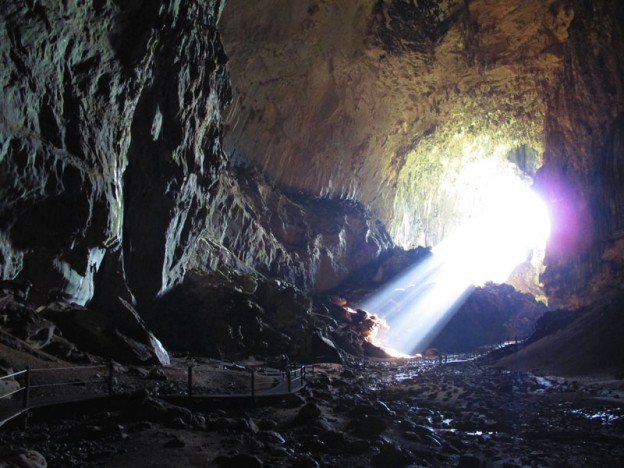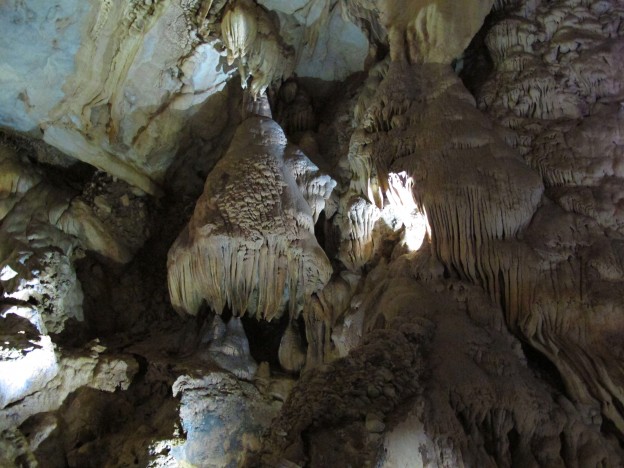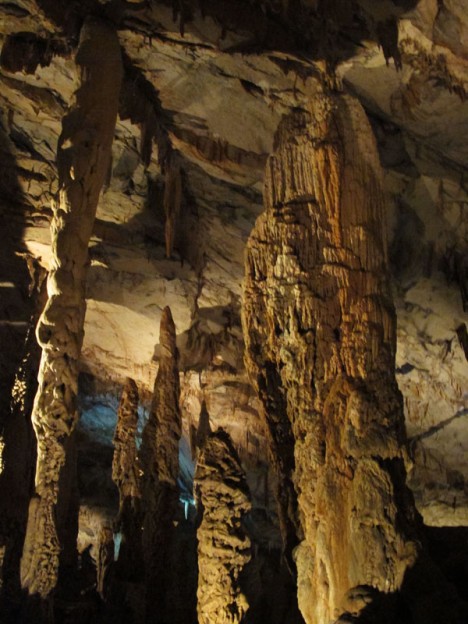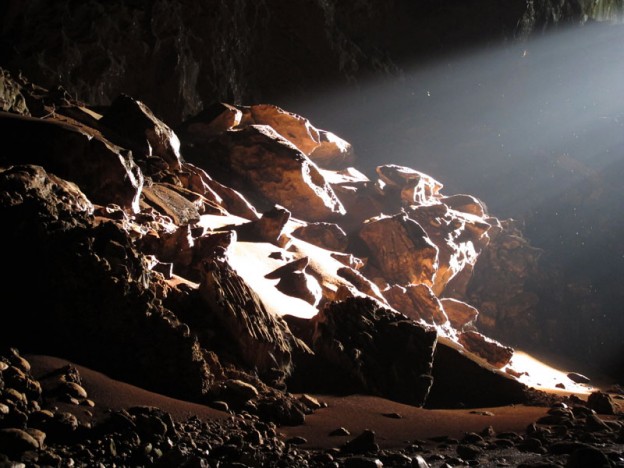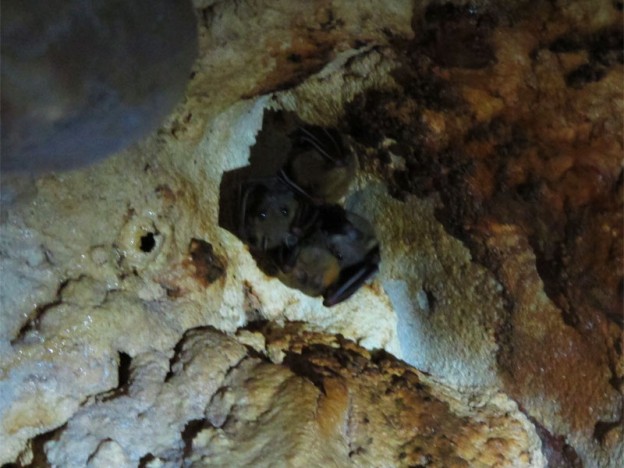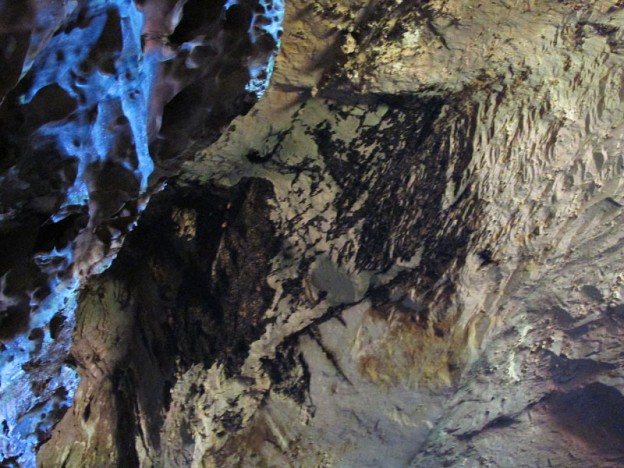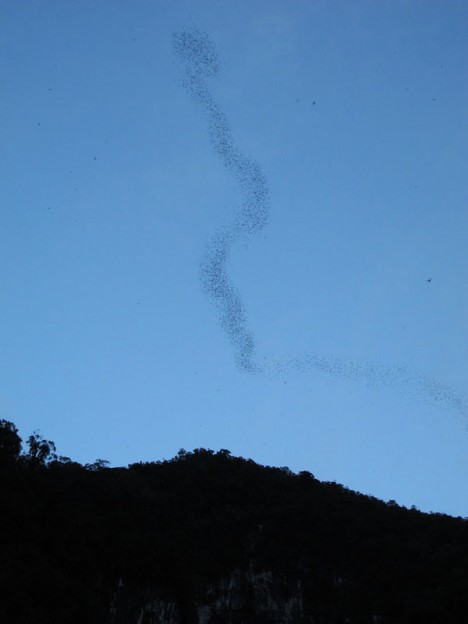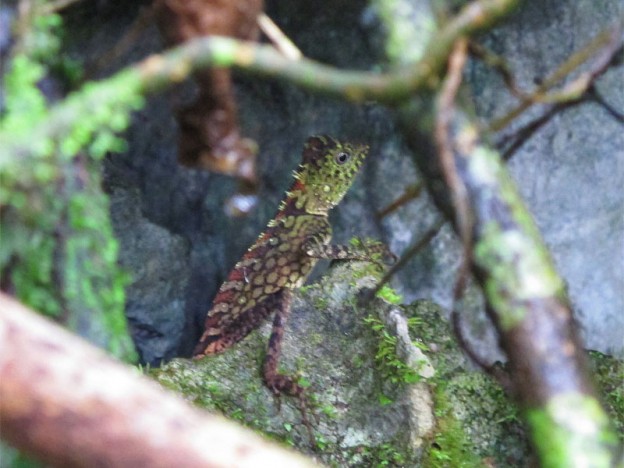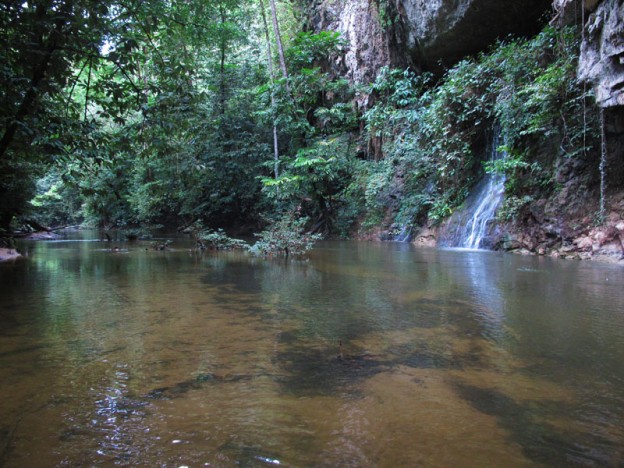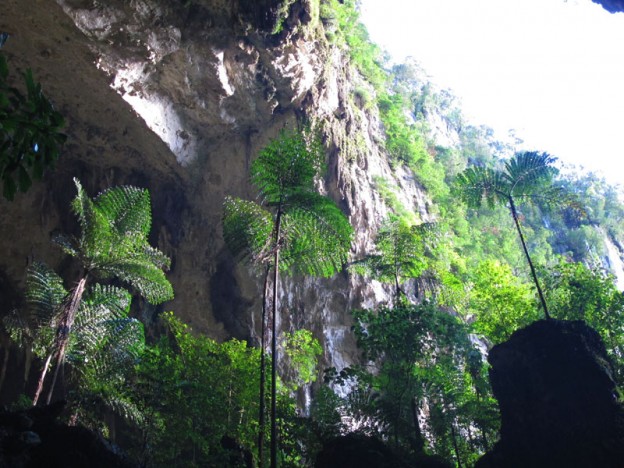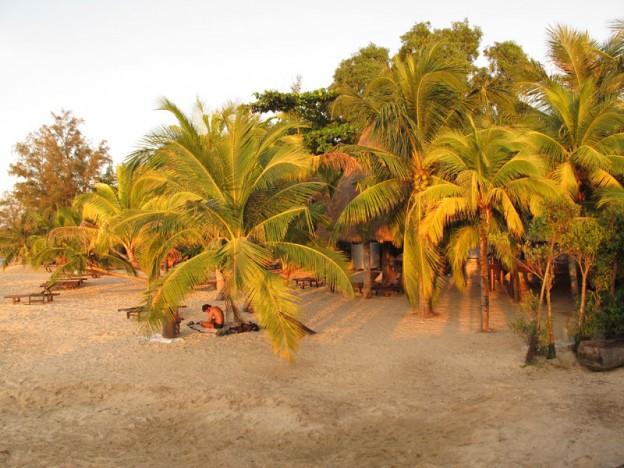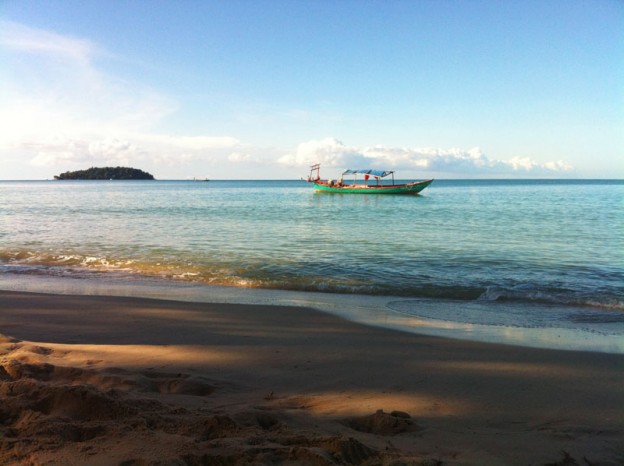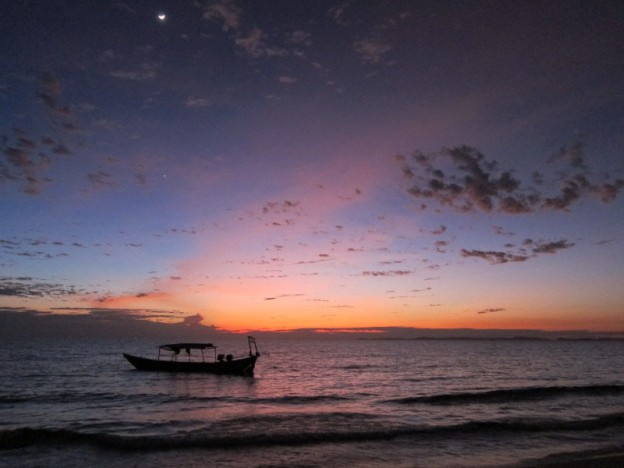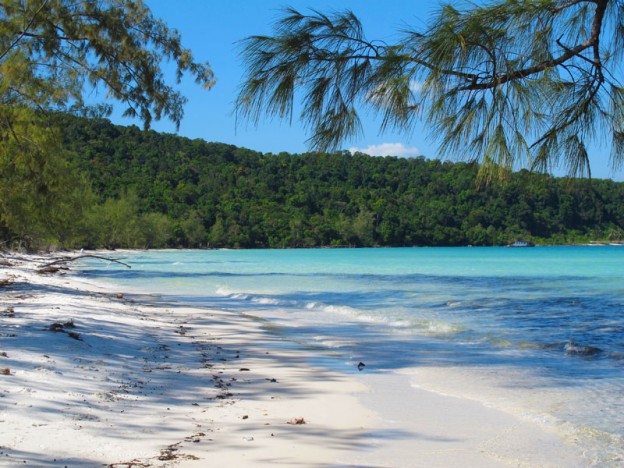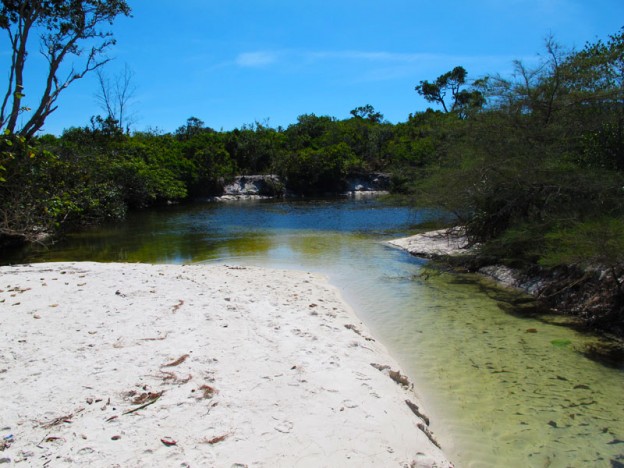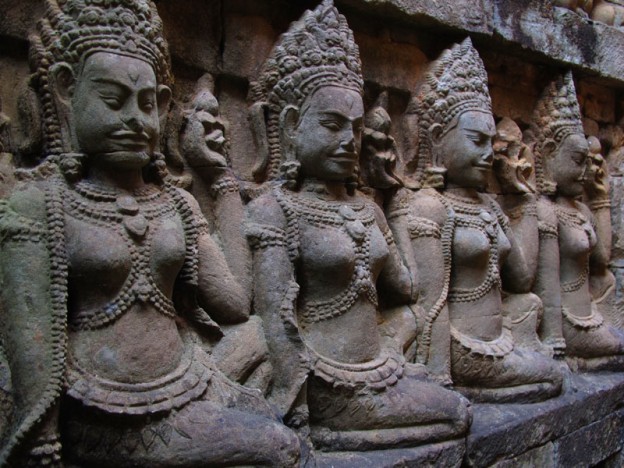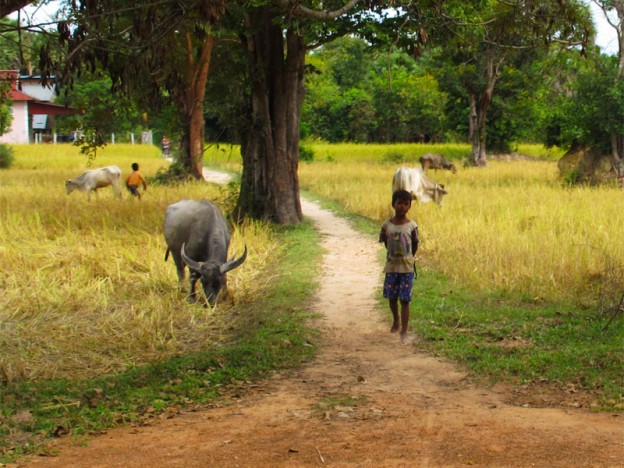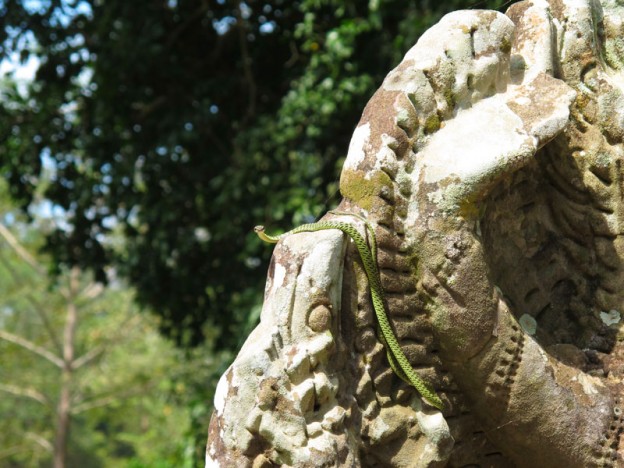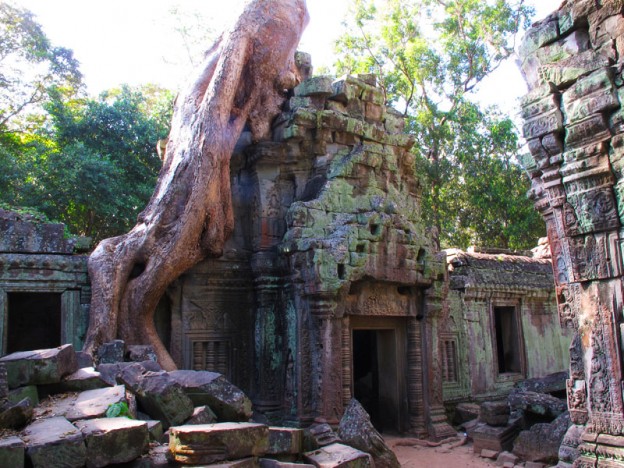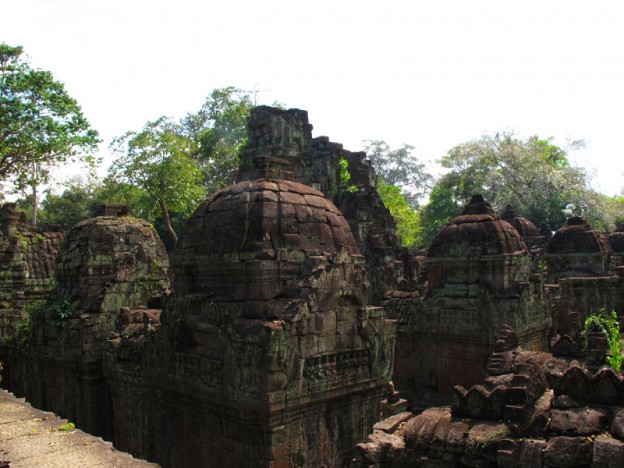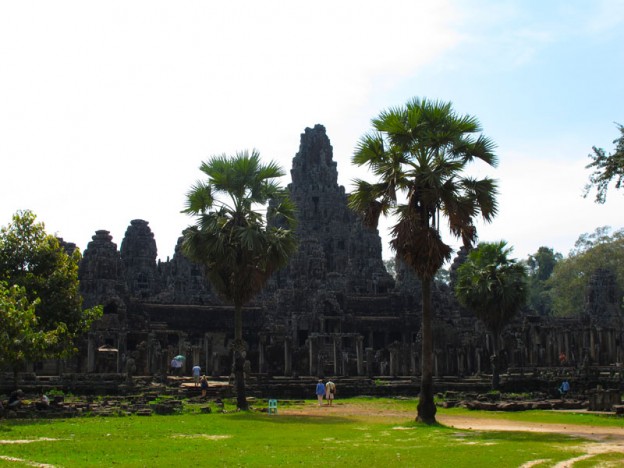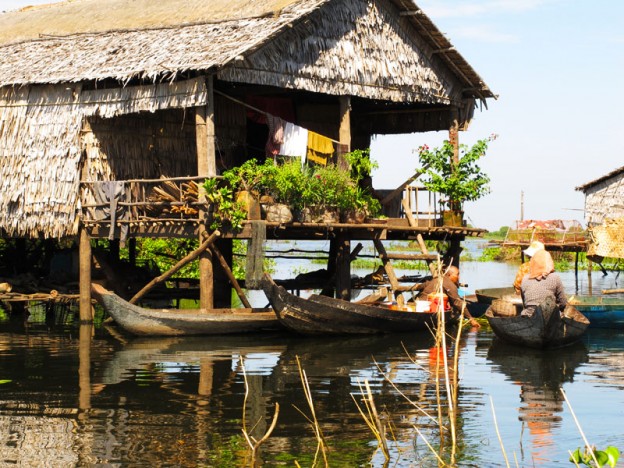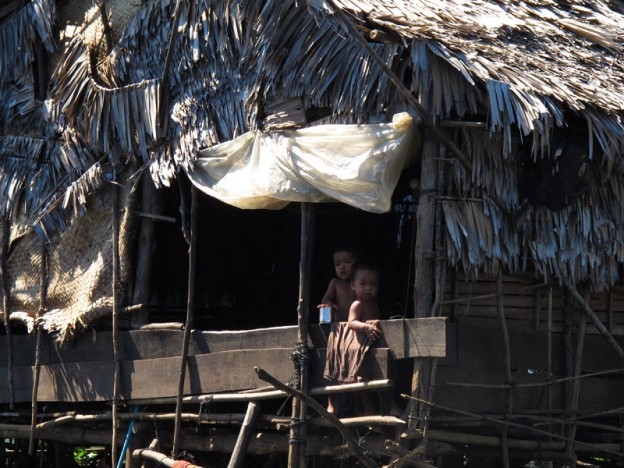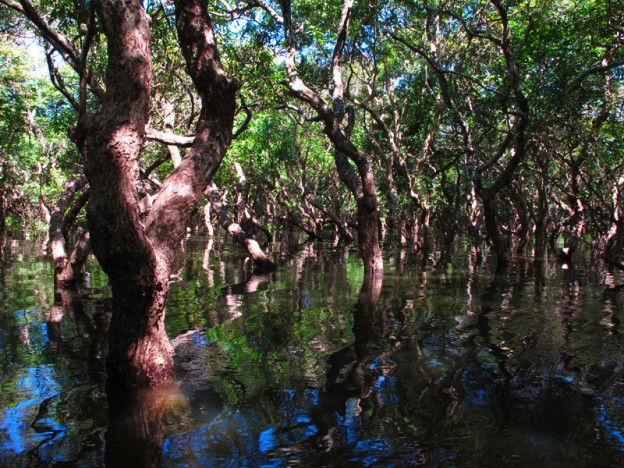I’ve been trying to visit the Philippines for several years. I even bought tickets a couple of times in the past. Something usually came up that prevented me from going (that something was usually work). I was chatting with a friend about how I really wanted to go and she said she did too, so that sealed the deal and I decided that I was going to visit the Philippines… finally.
Unfortunately, my friend wasn’t able to make it. I was going though, no matter what. Too many times I missed visiting and I didn’t want to miss it again. I am so glad I didn’t. The Philippines is great! Yes, there are some frustrating things about it and I can see why it isn’t the hottest tourist destination—it’s expensive relative to the rest of SE Asia and most areas lack a tourist infrastructure. Regardless, I loved the Philippines.
I was lucky to have a friend here that was taking vacation at the same time I was visiting, so we were able to travel around together. That was a huge help since getting around can be a bit tricky in many areas. With his help and the help of so many very nice Filipinos, we got around pretty well. Mostly, I just enjoyed my time with him and being able to see so many parts of the Philippines.
I started out in Palawan, the “Last Frontier” of the Philippines by myself. It’s an amazing and beautiful place with wonderful people. I met my friend in Cebu a week later and we went to Comotes Island where we stayed at the least friendly resort in the world. We also experienced a terrible tropical storm that forced us to move on to Negros where we visited one of the most remote and unspoiled beaches in the Philippines. From there we went to Guimaras and failed to find any of the beaches pictured in the marketing material (turns out they don’t exist). Finally, we hopped over to Iloilo Province and visited several charming towns that rarely see visitors, either Filipinos from other provinces or foreigners (needless to say, a tall white guy walking through town and attending mass at the local church garnered a lot of attention).
Along the way I experienced the best and the worst of the Philippines, and I was sick for much of it. That didn’t dampen my experience. I really loved the Philippines. And while I visited so many places I barely scratched the surface. I could easily have stayed here for months. There is so much to see and do—I’ll definitely be back.
